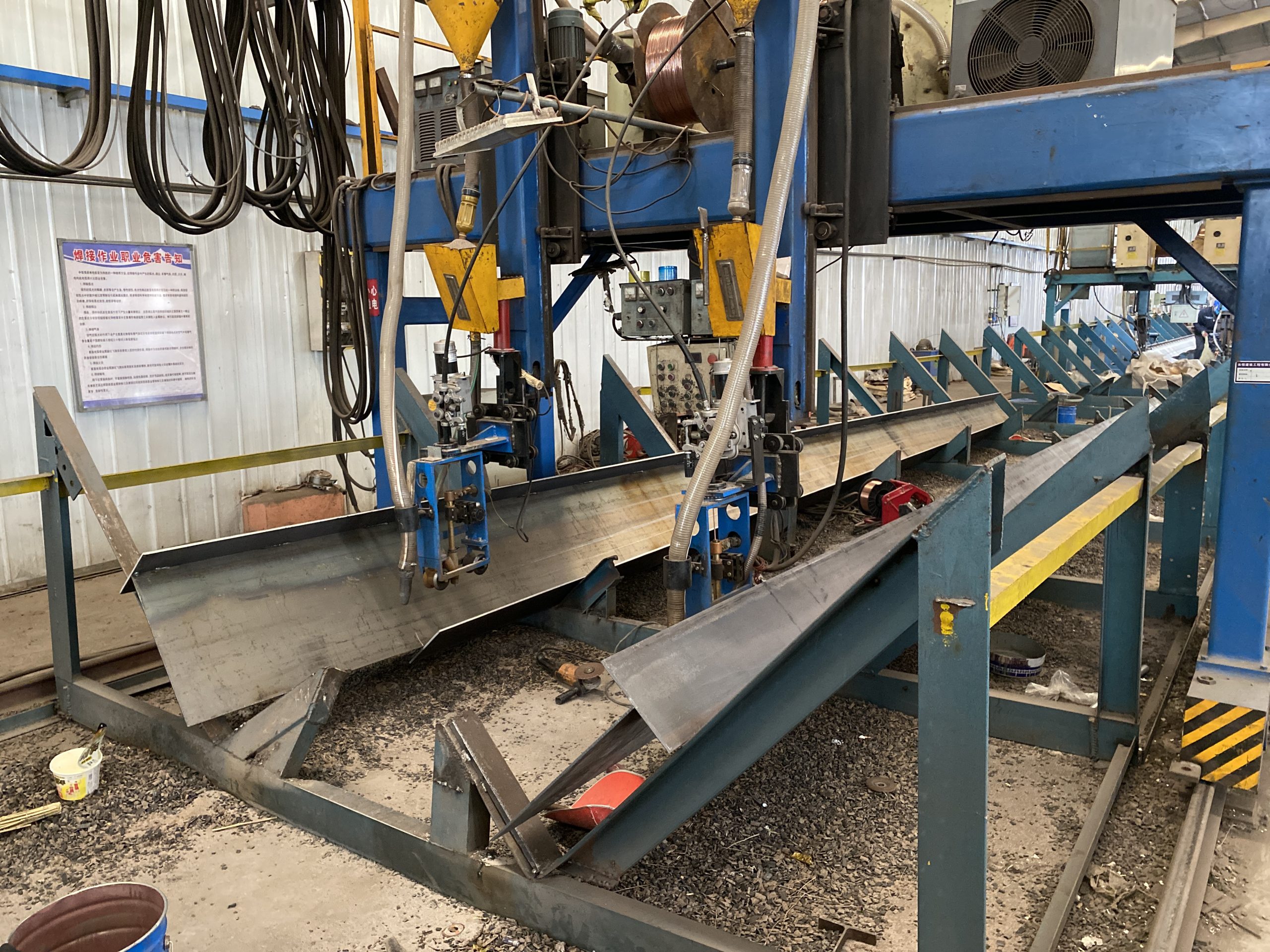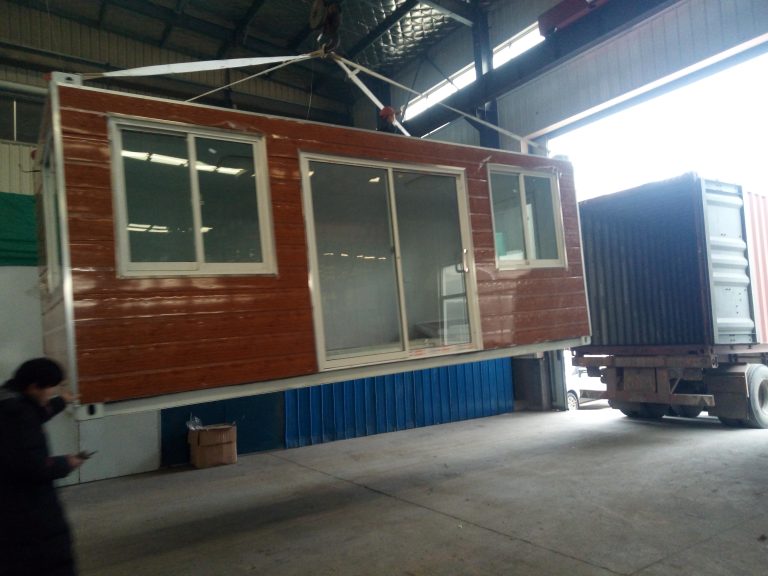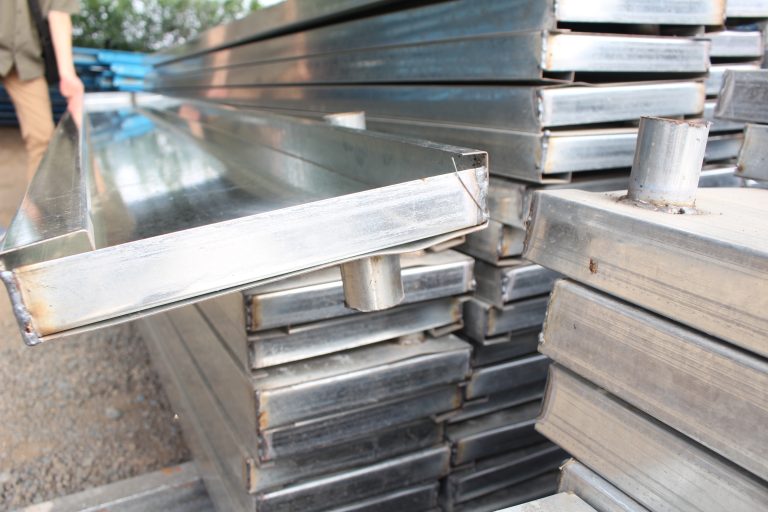Research on the application of steel structure in agricultural facilities
Table of Contents
Benefits of Using Steel Structures in Agricultural Facilities
Steel structures have become increasingly popular in the construction of agricultural facilities due to their numerous benefits. Research has shown that steel structures offer a range of advantages over traditional building materials, making them an ideal choice for agricultural buildings. In this article, we will explore the benefits of using steel structures in agricultural facilities and discuss the findings of recent research on this topic.
One of the primary benefits of using steel structures in agricultural facilities is their durability. Research has shown that steel is highly resistant to environmental factors such as moisture, pests, and corrosion, making it an ideal material for agricultural buildings. This durability ensures that steel structures have a long lifespan, reducing the need for frequent maintenance and repairs.
In addition to their durability, steel structures are also known for their strength. Research has demonstrated that steel has a high strength-to-weight ratio, allowing for the construction of large, open-span buildings without the need for internal support columns. This provides farmers with more flexibility in the design and layout of their agricultural facilities, allowing for efficient use of space and easy maneuverability of equipment and machinery.
Furthermore, steel structures are highly customizable, allowing for the construction of agricultural facilities that meet the specific needs of farmers. Research has shown that steel can be easily fabricated into a variety of shapes and sizes, making it possible to create buildings that are tailored to the unique requirements of different agricultural operations. This customization allows for the incorporation of features such as ventilation systems, insulation, and natural lighting, all of which are essential for maintaining optimal conditions for crops, livestock, and equipment.
Another significant benefit of using steel structures in agricultural facilities is their cost-effectiveness. Research has indicated that steel buildings are often more affordable to construct and maintain than traditional buildings made of wood or concrete. The durability and low maintenance requirements of steel structures result in long-term cost savings for farmers, making them a wise investment for agricultural operations of all sizes.

Moreover, research has shown that steel structures are environmentally friendly. Steel is a highly recyclable material, and the construction of steel buildings produces minimal waste. Additionally, steel structures can be designed to be energy-efficient, reducing the environmental impact of agricultural operations. This sustainability is an important consideration for farmers who are looking to minimize their carbon footprint and operate in an environmentally responsible manner.
In conclusion, research has demonstrated that steel structures offer a range of benefits for agricultural facilities. Their durability, strength, customizability, cost-effectiveness, and environmental friendliness make them an ideal choice for farmers looking to construct or upgrade their agricultural buildings. As the demand for efficient and sustainable agricultural facilities continues to grow, it is likely that steel structures will play an increasingly important role in the future of agriculture.
Case Studies of Successful Implementation of Steel Structures in Agricultural Facilities
Steel structures have been widely used in various industries due to their durability, strength, and cost-effectiveness. In recent years, there has been a growing interest in the application of steel structures in agricultural facilities. This trend is driven by the need for modernization and efficiency in the agricultural sector. In this article, we will explore some case studies of successful implementation of steel structures in agricultural facilities and examine the benefits and challenges associated with this approach.
One notable case study is the use of steel structures in the construction of grain storage facilities. In many agricultural regions, the need for efficient and durable grain storage solutions is paramount. Traditional concrete or wooden structures have been the norm for many years, but steel structures offer several advantages. A case study in the Midwest United States demonstrated that steel grain storage facilities are not only quicker to construct but also provide better protection against pests and weather damage. The use of steel structures in grain storage facilities has also been shown to reduce maintenance costs and improve overall efficiency.
Another interesting case study is the application of steel structures in livestock housing. In many agricultural operations, the need for sturdy and hygienic housing for livestock is crucial. Steel structures have been increasingly used in the construction of barns and shelters for various types of livestock. A case study in Europe showed that steel structures provide better ventilation and natural light, which can improve the overall health and well-being of the animals. Additionally, steel structures are easier to clean and maintain, reducing the risk of disease and improving overall productivity.
In addition to grain storage and livestock housing, steel structures have also been successfully implemented in the construction of agricultural processing facilities. These facilities require a high degree of customization and flexibility to accommodate various processing equipment and workflows. A case study in South America demonstrated that steel structures offer the necessary strength and adaptability to meet the specific needs of agricultural processing operations. Furthermore, the use of steel structures in processing facilities has been shown to reduce construction time and costs, allowing for quicker and more efficient facility upgrades and expansions.
While the case studies mentioned above highlight the benefits of using steel structures in agricultural facilities, there are also some challenges to consider. One of the main challenges is the initial cost of steel structures, which can be higher than traditional building materials. However, it is important to consider the long-term benefits and cost savings that steel structures can provide, such as reduced maintenance and improved efficiency.
In conclusion, the application of steel structures in agricultural facilities has shown great promise in improving efficiency, durability, and overall productivity. The case studies discussed in this article demonstrate the successful implementation of steel structures in grain storage, livestock housing, and agricultural processing facilities. While there are challenges to consider, the long-term benefits of using steel structures in agricultural facilities are clear. As the agricultural sector continues to modernize and evolve, it is likely that the use of steel structures will become increasingly prevalent.







